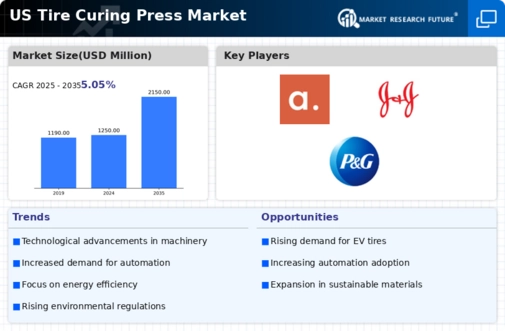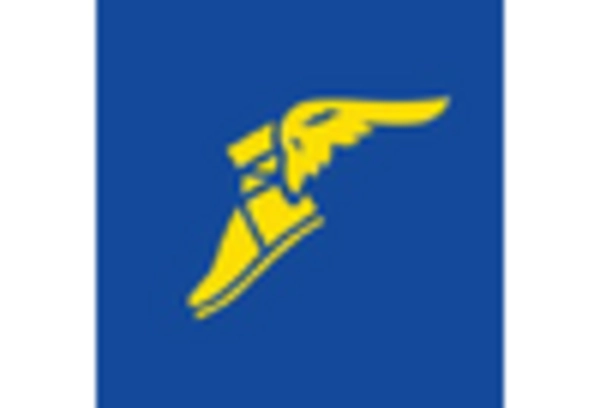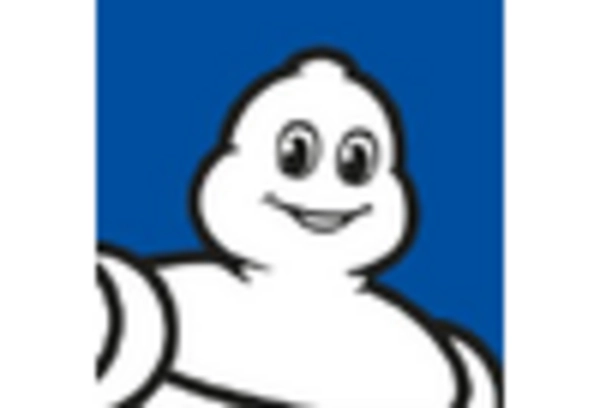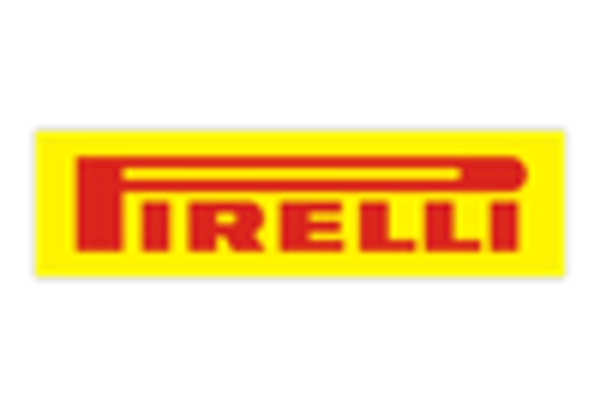Growth of the Aftermarket Tire Segment
this market is also driven by the growth of the aftermarket tire segment., which is gaining traction as consumers seek replacement tires for their vehicles. This segment requires high-quality tires that meet specific performance standards, thereby increasing the demand for advanced curing technologies. As the aftermarket tire segment expands, manufacturers are compelled to invest in state-of-the-art curing presses to produce tires that meet consumer expectations. The tire curing-press market is projected to grow in tandem with this segment, with estimates suggesting a potential increase of 4% in market size over the next few years. This growth in the aftermarket tire segment serves as a vital driver for the tire curing-press market, as it underscores the need for quality and performance in tire manufacturing.
Expansion of Electric Vehicle Production
this market is poised for growth due to the expansion of electric vehicle (EV) production in the United States.. As automakers increasingly pivot towards electric mobility, the demand for specialized tires designed for EVs is on the rise. These tires require specific curing processes to enhance their performance and efficiency. The tire curing-press market is likely to benefit from this trend, as manufacturers invest in advanced curing technologies tailored for EV tires. With the EV market projected to grow at a CAGR of over 20% through 2025, the tire curing-press market is expected to see a corresponding increase in demand for innovative curing solutions that cater to this evolving segment.
Rising Demand for High-Performance Tires
The tire curing-press market is experiencing a notable increase in demand for high-performance tires, driven by the automotive industry's shift towards enhanced vehicle performance and safety. As consumers increasingly prioritize quality and durability, manufacturers are compelled to invest in advanced curing technologies. This trend is reflected in the projected growth of the tire curing-press market, which is expected to reach approximately $1.5 billion by 2026. The need for precision in tire manufacturing necessitates the use of sophisticated curing presses, which can ensure optimal tire properties. Consequently, this rising demand for high-performance tires is a significant driver for the tire curing-press market, as manufacturers seek to meet consumer expectations while adhering to stringent safety regulations.
Regulatory Compliance and Safety Standards
this market is significantly influenced by stringent regulatory compliance and safety standards imposed by government agencies.. These regulations mandate that tires meet specific performance criteria, which necessitates the use of advanced curing technologies to ensure quality and safety. Manufacturers are increasingly adopting state-of-the-art curing presses to comply with these regulations, thereby driving market growth. The tire curing-press market is expected to witness a compound annual growth rate (CAGR) of approximately 5% over the next few years, largely due to the need for compliance with evolving safety standards. This focus on regulatory adherence is a crucial driver for the tire curing-press market, as it compels manufacturers to invest in innovative solutions.
Technological Integration in Manufacturing Processes
this market is benefiting from the integration of advanced technologies. such as automation and Industry 4.0 principles in manufacturing processes. This technological integration enhances efficiency, reduces production costs, and improves product quality. Manufacturers are increasingly adopting smart curing presses equipped with IoT capabilities, enabling real-time monitoring and data analysis. This trend is likely to propel the tire curing-press market forward, as companies seek to optimize their operations and respond to market demands swiftly. The adoption of these technologies is expected to contribute to a projected market growth of around 6% annually, as manufacturers leverage innovation to enhance their competitive edge in the tire curing-press market.

















Leave a Comment